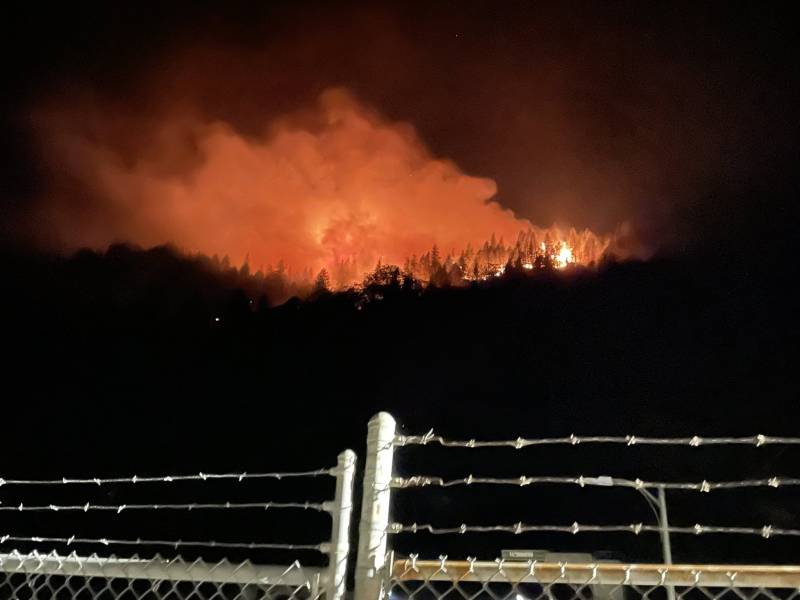A Northern California wildfire churned through largely unpopulated mountain wilderness Thursday, near the town of Paradise, site of the deadliest known wildfire in California history.
As of Thursday morning, the Dixie Fire had burned some 2,250 acres of brush and timber near the Feather River Canyon area of Butte County, northeast of the town, and into national forest land in neighboring Plumas County. It did not, however, pose any immediate danger to Paradise residents.
With zero containment of the fast-moving blaze, the Butte County Sheriff's Office issued an evacuation warning on Thursday afternoon to residents of the Philbrook area to the Plumas County line, and the Plumas County Sheriff's Office issued a mandatory evacuation order for the High Lakes region.
In its early hours, the fire, which started Tuesday evening, raced along steep and hard-to-reach terrain about 10 miles from Paradise, the foothill town that was virtually incinerated by the 2018 Camp Fire that killed 85 people. Although the current blaze has not advanced toward the town, and residents have not been ordered to evacuate, its proximity has caused jitters among some homeowners who have just started to return to normal.
Chuck Dee and his wife, Janie, returned last year to Paradise on the foothills of California's Sierra Nevada to rebuild a home lost in that fire. So when they woke up Thursday and saw smoke from the new Dixie Fire, it was frightening, even though it was burning away from populated areas.
“It made my wife and I both nervous,” he said.

